Nose and ear. Ear, Nose, and Throat: Anatomy, Functions, and Common Conditions
How is the ear structured. What are the main parts of the nose. What functions does the throat serve. How do these organs work together. What are common ENT conditions.
The Intricate Anatomy of the Ear
The ear is a remarkable organ responsible for hearing and balance. Its complex structure can be divided into three main parts:
External Ear
The external ear consists of the visible part, known as the pinna or auricle, and the external auditory canal. The pinna’s shape helps to funnel sound waves into the ear canal, which leads to the eardrum (tympanic membrane).
Middle Ear
Behind the eardrum lies the middle ear, a small air-filled cavity housing three tiny bones called ossicles:
- Malleus (hammer)
- Incus (anvil)
- Stapes (stirrup)
These ossicles amplify and transmit sound vibrations from the eardrum to the inner ear. The Eustachian tube, connecting the middle ear to the back of the throat, helps equalize pressure on both sides of the eardrum.

Inner Ear
The inner ear contains the cochlea, vestibule, and semicircular canals. The cochlea, a snail-shaped structure filled with fluid, converts sound vibrations into electrical signals that are sent to the brain. The vestibule and semicircular canals are crucial for maintaining balance and spatial orientation.
Understanding the Nose: Gateway to Respiration and Olfaction
The nose plays a vital role in breathing and our sense of smell. Its structure includes:
- External nose: The visible triangular projection on the face
- Nostrils: Two chambers divided by the septum
- Nasal passages: Lined with mucous membranes and tiny hairs (cilia) to filter air
- Sinuses: Four pairs of air-filled cavities connected to the nasal passages
The nose warms, humidifies, and filters the air we breathe before it reaches our lungs. It also houses olfactory receptors that enable our sense of smell, which is closely linked to our ability to taste.
The Throat: A Multifunctional Passageway
The throat, or pharynx, is a muscular tube that serves several essential functions:

- Airway for breathing
- Passageway for food and liquids
- Role in speech production
Key structures of the throat include:
- Larynx (voice box): Contains the vocal cords and is crucial for speech and breathing
- Epiglottis: A flap that covers the larynx during swallowing to prevent food from entering the windpipe
- Tonsils and adenoids: Lymphoid tissues that help protect against infections
The Interconnected Nature of ENT Organs
The ear, nose, and throat work together in many ways. For example, the Eustachian tube connects the middle ear to the back of the throat, helping to regulate ear pressure. The nose and throat share the responsibility of filtering and conditioning inhaled air. Understanding these connections is crucial for diagnosing and treating ENT conditions.
Common ENT Conditions and Their Impact
Many health issues can affect the ear, nose, and throat. Some of the most prevalent conditions include:
Ear Infections
Ear infections, particularly in children, can cause pain, hearing difficulties, and balance problems. They often result from bacteria or viruses entering the middle ear through the Eustachian tube.

Sinusitis
Inflammation of the sinuses, known as sinusitis, can lead to facial pain, nasal congestion, and headaches. It may be acute or chronic and can significantly impact quality of life.
Tonsillitis
Tonsillitis, an inflammation of the tonsils, can cause sore throat, difficulty swallowing, and fever. Recurrent tonsillitis may necessitate surgical removal of the tonsils.
Hearing Loss
Hearing loss can result from various factors, including age, noise exposure, infections, and genetic predisposition. It can affect one or both ears and range from mild to profound.
Innovative Treatments in ENT Medicine
Advancements in medical technology have revolutionized the diagnosis and treatment of ENT conditions. Some cutting-edge approaches include:
- Endoscopic sinus surgery
- Cochlear implants for severe hearing loss
- Robotic-assisted throat surgeries
- Balloon sinuplasty for chronic sinusitis
These innovative treatments offer less invasive options with faster recovery times and improved outcomes for many patients.
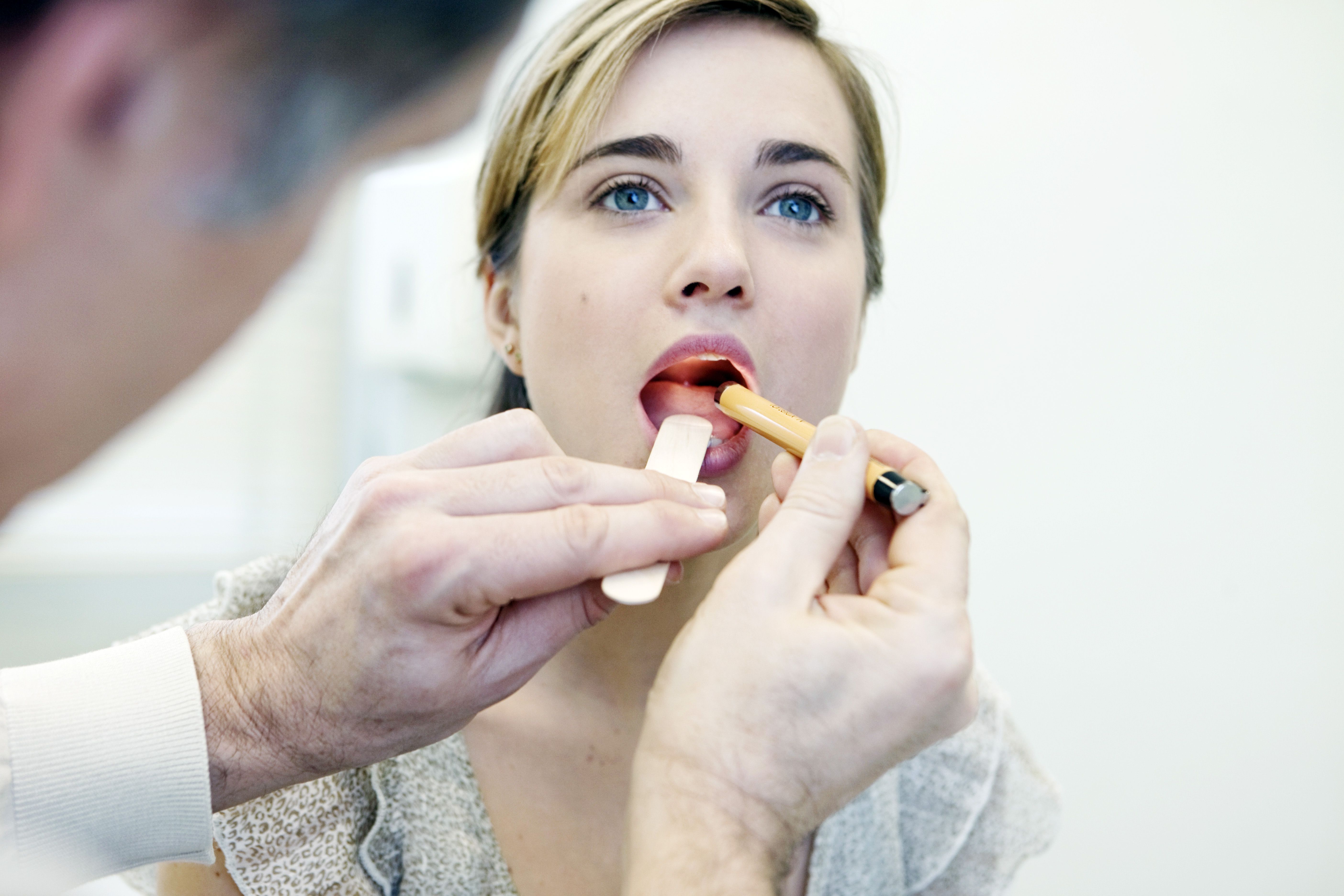
Maintaining ENT Health: Prevention and Best Practices
Taking care of your ear, nose, and throat health is essential for overall well-being. Here are some tips to keep these vital organs functioning optimally:
- Protect your ears from loud noises
- Practice good nasal hygiene, including regular use of saline rinses
- Stay hydrated to keep mucous membranes moist
- Avoid smoking and limit alcohol consumption
- Get vaccinated against infections that can affect the ENT system
Regular check-ups with an ENT specialist can help detect and address potential issues early, ensuring better long-term health outcomes.
The Future of ENT Research and Treatment
Ongoing research in the field of otolaryngology promises exciting developments in the coming years. Areas of focus include:
- Gene therapy for hereditary hearing loss
- Stem cell treatments for regenerating damaged inner ear cells
- Advanced imaging techniques for more precise diagnoses
- Personalized medicine approaches for ENT conditions
These advancements hold the potential to dramatically improve outcomes for patients with ENT disorders, offering hope for those with previously untreatable conditions.

Understanding the intricate anatomy and functions of the ear, nose, and throat is crucial for appreciating the complexity of these organs and the importance of maintaining their health. From the delicate structures of the inner ear to the protective mechanisms of the nose and the versatility of the throat, each component plays a vital role in our daily lives. By staying informed about common ENT conditions, embracing innovative treatments, and following best practices for ENT health, we can ensure these essential organs continue to serve us well throughout our lives.
As medical science continues to advance, the field of otolaryngology is poised for significant breakthroughs that will enhance our ability to diagnose, treat, and even prevent ENT disorders. This ongoing progress underscores the importance of continued research and the need for individuals to prioritize their ENT health as part of their overall wellness strategy.
Whether you’re dealing with a persistent sinus issue, concerned about hearing loss, or simply looking to maintain optimal ENT health, remember that expert care and guidance are available. Regular check-ups, prompt attention to symptoms, and a proactive approach to ENT care can make a significant difference in your quality of life and long-term health outcomes.
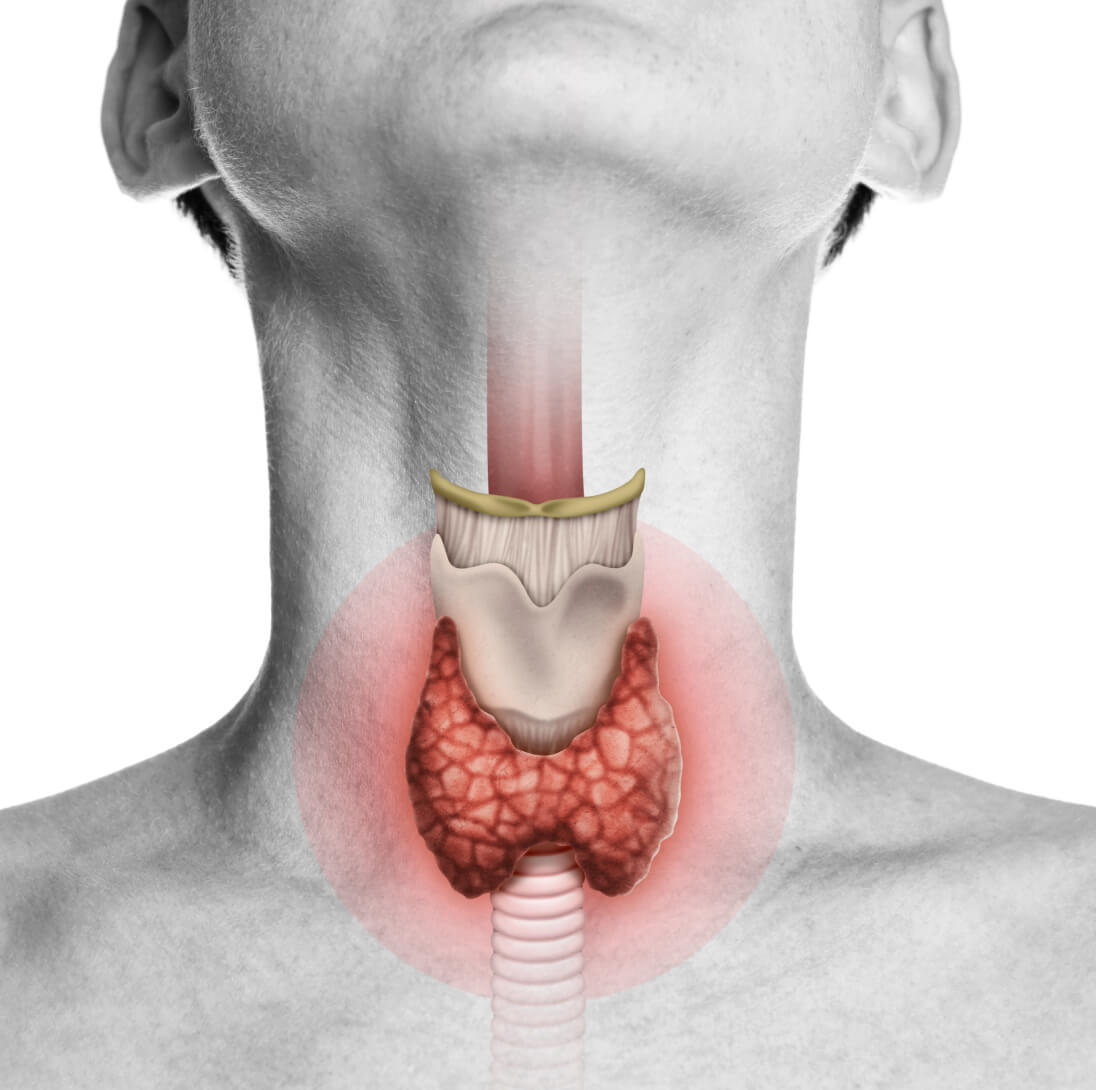
As we look to the future, the integration of technology, personalized medicine, and holistic health approaches promises to revolutionize ENT care further. From AI-assisted diagnostics to regenerative therapies, the possibilities are exciting and hold great promise for improving the lives of millions affected by ENT conditions worldwide.
In conclusion, the ear, nose, and throat are marvels of biological engineering, working in harmony to enable our senses of hearing, smell, and taste, while also playing crucial roles in breathing, speaking, and maintaining balance. By understanding and caring for these vital organs, we can enhance our overall health and well-being, ensuring that we continue to engage fully with the world around us through all our senses.
Ear, Nose and Throat Facts
Ear, Nose and Throat Facts | Johns Hopkins Medicine
What is the ear?
The ear is the organ of hearing and balance. The ear consists of:
External or outer ear, consisting of:
Tympanic membrane (also called the eardrum). The tympanic membrane divides the external ear from the middle ear.
Middle ear (tympanic cavity), consisting of:
Ossicles. These are the 3 small bones that are connected and transmit the sound waves to the inner ear. The bones are called:
Malleus
Incus
Stapes
Eustachian tube. A canal that links the middle ear with the back of the nose. The eustachian tube helps to equalize the pressure in the middle ear. Having the same pressure allows for the proper transfer of sound waves. The eustachian tube is lined with mucous, just like the inside of the nose and throat.

Inner ear, consisting of:
Cochlea. This contains the nerves for hearing.
Vestibule. This contains receptors for balance.
Semicircular canals. This contains receptors for balance.
What is the nose?
The nose is the organ of smell and is part of the peripheral nervous system. The nose consists of:
External nose. A triangular-shaped projection in the center of the face.
Nostrils. These are two chambers divided by the septum.
Septum. This is made up primarily of cartilage and bone and covered by mucous membranes. The cartilage also gives shape and support to the outer part of the nose.
Nasal passages. Passages that are lined with mucous membranes and tiny hairs (cilia) that help to filter the air.
Sinuses. Four pairs of air-filled cavities that are also lined with mucous membranes.

What is the throat?
The throat is a ring-like muscular tube that acts as the passageway for air, food, and liquid. The throat also helps in forming speech. The throat consists of:
Larynx. This houses the vocal cords and is crucial to speech and breathing. The larynx also serves as a passageway to the trachea (windpipe to the lung).
Epiglottis. This is located above the larynx and works with the larynx and vocal cords to push the food into the esophagus, therefore keeping food from entering the windpipe.
Tonsils and adenoids. These are made up of lymph tissue and are located at the back and sides of the mouth. They protect against infection, but generally have little purpose beyond childhood.
Related
-
Ear, Nose and ThroatIs Vocal Fry Ruining My Voice?
-
Ear, Nose and ThroatObstructive Sleep Apnea in Children
-
Ear, Nose and ThroatPilomatrixoma in Children
Related Topics
About the Ears, Nose, and Throat | ColumbiaDoctors
Make an Appointment
Our team is here to help you make an appointment with the specialists that you need.
Understanding the parts of the ear, nose, and throat will help you talk with your doctor about any symptoms you may have or treatments you may need.
What are the Ears?
The ear is the organ of hearing and balance. Sound waves enter the outer ear, travel down the external auditory canal, and strike the eardrum (tympanic membrane), which vibrates. The vibrations are passed to three tiny bones in the middle ear called the ossicles, which amplify the sound and send the sound waves to the inner ear and into the hearing organ (cochlea). Once the sound waves reach the inner ear, they are converted into electrical impulses, which the auditory nerve sends to the brain. The brain then translates these electrical impulses into sound.
The parts of the ear include the following structures:
The external ear, or outer ear, consists of the following:
- Pinna or auricle: This is the outer part of the ear.
- External auditory canal or tube: This tube connects the outer ear to the inside or middle ear.

- Tympanic membrane (also called the eardrum): This membrane divides the external ear from the middle ear.
The middle ear, or tympanic cavity, consists of the following:
- Ossicles: These are three tiny bones—called malleus, incus, and stapes—that transmit sound waves to the inner ear.
- Eustachian tube: This canal links the middle ear with the back of the nose. The eustachian tube helps to equalize pressure in the middle ear, which is needed for the proper transfer of sound waves. The eustachian tube is lined with mucous, just like the inside of the nose and throat.
The inner ear consists of the following:
- Cochlea: This structure contains the nerves for hearing.
- Vestibule: This has receptors for balance.
- Semicircular canals: These contain receptors for balance.
What is the Nose?
The nose is the organ of smell and is part of the peripheral nervous system. The internal part of the nose lies above the roof of the mouth. The nose consists of the following:
The internal part of the nose lies above the roof of the mouth. The nose consists of the following:
- External nose: A triangular-shaped projection in the center of the face.
- Nostrils: These are two chambers divided by the septum.
- Septum: This is made up primarily of cartilage and bone and covered by mucous membranes. The cartilage also gives shape and support to the outer part of the nose.
- Nasal passages: Passages lined with mucous membranes and tiny hairs (cilia) that help filter the air.
- Sinuses: Four pairs of air-filled cavities that are also lined with mucous membranes.
What are the Sinuses?
The sinuses are cavities near the nasal passage lined with mucous membranes. There are four types of sinuses:
- Ethmoid sinus: Located inside the face, around the bridge of the nose. It is present at birth and continues to grow.

- Maxillary sinus: Located inside the face, around the cheeks. It is also present at birth and continues to grow.
- Frontal sinus: Located inside the face, in the forehead area. It does not develop until around seven years of age.
- Sphenoid sinus: Located deep in the face, behind the nose. It does not typically develop until adolescence.
What is the Throat?
The throat is a ring-like muscular tube that acts as the passageway for air, food, and liquid. The throat also helps in forming speech. The throat consists of:
- Larynx (also known as the voice box): The larynx is a cylindrical structure of cartilage, muscles, and soft tissue that contains the vocal cords. The vocal cords are the upper opening into the windpipe (trachea), the passageway to the lungs.
- Epiglottis: A flap of soft tissue located just above the vocal cords. The epiglottis folds down over the vocal cords to prevent food and irritants from entering the lungs.

- Tonsils and adenoids: These are made up of lymph tissue and are located at the back and sides of the mouth. They protect against infection but generally have little purpose beyond childhood.
Ear, throat, nose
With the onset of the autumn-winter season, as a rule, there is a surge in the incidence. It is during this period that microbes are especially active and our body is more defenseless. The first attack of viruses falls on such “sensitive” organs, which react most sharply and quickly to environmental changes, such as the nose, throat and ears.
The standard way to treat colds and runny nose is known to all: hot tea with lemon, a glass of warm milk with soda and butter, a good sweat, and – lo and behold! – in the morning there is no trace of the former ailment. Are we doing the right thing? With this and other questions, we turn to Tsurikova Tatyana Vasilievna – head of the otolaryngological department of the Amur Regional Children’s Clinical Hospital, candidate of medical sciences, otolaryngologist of the highest category.
When should a patient see an ENT specialist?
Consultation with an otolaryngologist is mandatory in classic cases of well-known symptoms – earache, cough, runny nose, including purulent discharge, redness, pain and sore throat. Firstly, because the patient himself can not always correctly diagnose. The well-known “angina”, “runny nose” and “otitis media” are far from always being correctly diagnosed. For example, with nasal congestion, various diseases can develop: sinusitis, rhinitis, sinusitis, frontal sinusitis, the appearance of polyps, and only a specialist, using modern equipment, can correctly diagnose and prescribe treatment accordingly. The patient often acts more easily. He comes to the pharmacy and asks: “Something for a cold.”
Secondly, the treatment that the patient uses himself is a symptomatic treatment (that is, it acts on the symptoms of the disease, and not on its cause). You remove the fever, aching bones, discomfort in the body, headache, runny nose and cough, but the cause remains! And literally in a month, a week you are again taken for treatment, because you have not determined which infection has settled in your body, and accordingly you have not got rid of it. And this can be done only by contacting a specialist.
And this can be done only by contacting a specialist.
Consultation with a specialist is also necessary in case of prolonged headache, hearing loss, swollen cervical lymph nodes, white patches on the tonsils.
Incorrect or untimely treatment of ENT organs leads to the formation of chronic foci of infection in the upper respiratory tract and damage to internal organs – the brain, heart, kidneys and urinary tract, gastrointestinal tract, genital organs. A woman during pregnancy should be especially attentive, avoid colds in every possible way, but if even the very first signs of malaise appear, urgently see a doctor. Runny nose and cough are a serious threat to the health of the unborn baby.
What opportunities do Amur doctors have now to provide otolaryngological care?
Patients can receive the widest range of modern medical services,
starting with inspection. Endovideo equipment allows you to examine the ENT organs without causing inconvenience to the patient. Microinstruments, on which a television camera is installed, examine the ear, throat and nose, with the results displayed on the screen in real time. Computed tomography allows you to examine and correctly diagnose a diseased organ in several dimensions.
Microinstruments, on which a television camera is installed, examine the ear, throat and nose, with the results displayed on the screen in real time. Computed tomography allows you to examine and correctly diagnose a diseased organ in several dimensions.
Today, a sparing endovideoscopic operation is being successfully performed – micro maxillary sinusectomy . It allows you to remove the pathological processes of the maxillary sinuses, cells of the ethmoid labyrinth, through a puncture, the diameter of which is not more than 5 millimeters, in contrast to the previously existing operation, when the burr hole reached 3 cm in diameter, leaving traces on the face. Microgeneral sinusectomy is less traumatic, takes little time, which is convenient for the surgeon and the patient. The operation does not require general anesthesia, after it the person does not need strong painkillers and can be discharged from the clinic on the 2nd and 3rd day.
Accumulated experience with tympanoplasty .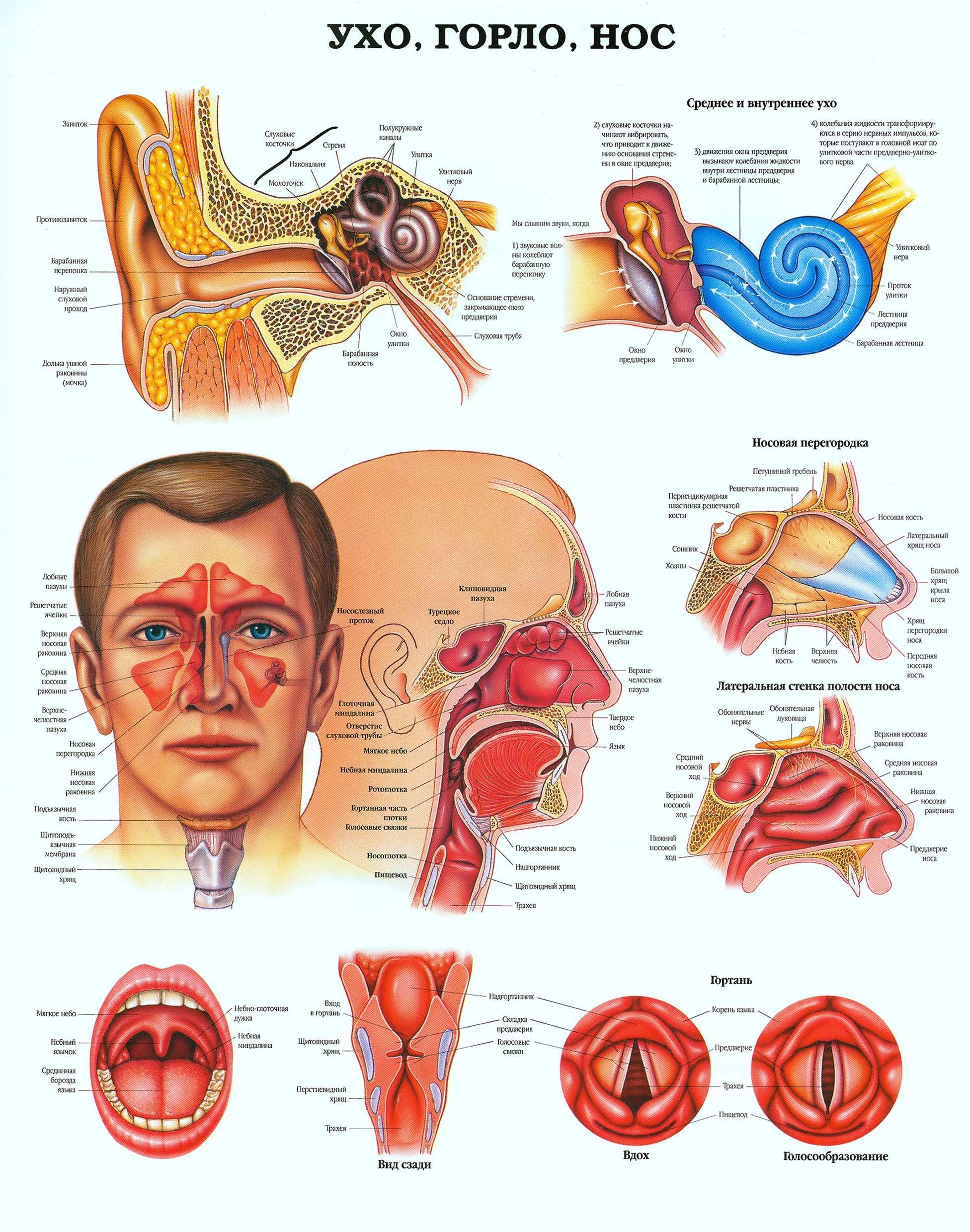 Tympanoplasty is a surgical operation to eliminate defects and restore the tympanic membrane and ossicles of the middle ear. Today, Amur doctors not only eliminate defects in the ear, but also completely restore damaged organs. This allows you to improve or completely restore hearing to patients.
Tympanoplasty is a surgical operation to eliminate defects and restore the tympanic membrane and ossicles of the middle ear. Today, Amur doctors not only eliminate defects in the ear, but also completely restore damaged organs. This allows you to improve or completely restore hearing to patients.
Modern otolaryngologists are able to solve problems of a high degree of complexity. But returning to the beginning of the conversation, I want to say that many, even modern and high-tech operations could have been avoided if the patient had sought help in a timely manner.
That is why, at the first signs of illness, do not self-medicate, but immediately consult a doctor!
This is interesting.
- More than 2000 liters of air pass through the nose of an adult during the day. No matter how dry or cold the air is, it should warm up to +36.6 C and humidify up to 100% by the time it travels a 20-centimeter path to your lungs.
- The word angina comes from the Latin angele (ango), meaning to squeeze, choke.

- The adult ear is shaped like a human embryo.
- The proverb “A woman loves with her ears” has under the very physiological features of the structure of the ear. A huge number of nerve endings, which are so rich in the ear, during intimate games, turns it into a very powerful erotic organ.
- Every day glands in the lining of the nose and paranasal cavities secrete about 2 liters of fluid to lubricate the mucous membranes in the sinuses, nose, mouth and throat.
- The ancient Greeks claimed that the common cold is the brain flowing out through the nasal openings.
- A person’s ears grow all his life (more precisely, the ear buds).
- The length of the thumb is approximately equal to the length of the nose.
- There are about 25,000 cells in the inner ear that respond to sound. The frequency range perceived by the ear lies between 16 and 20,000 hertz. With age, it decreases, especially due to a decrease in sensitivity to high sounds.
 By the age of 35, the upper limit of hearing drops to 15,000 hertz. In total, a person distinguishes 3-4 thousand sounds of different heights.
By the age of 35, the upper limit of hearing drops to 15,000 hertz. In total, a person distinguishes 3-4 thousand sounds of different heights. - Snoring is a dangerous phenomenon. Since the “noise accompaniment” of night snoring is nothing more than the tip of the iceberg. Under the “water” a number of dangerous pathological processes are hidden, in comparison with which the disturbed dream of a neighbor seems like a mere trifle.
Ear-nose-throat diseases – the top most common diseases
ENT diseases are among the most common among the population. Everyone knows firsthand a runny nose, tonsillitis, otitis media. Some suffer from this group of diseases to a lesser extent, others to a greater extent. But almost every person faced similar problems. An otolaryngologist will help improve your health and eliminate symptoms. Consider the most common diseases of ENT organs and methods of dealing with them.
Where do ear-nose-throat diseases come from?
As a rule, symptoms affecting the head and neck are only signs of other diseases.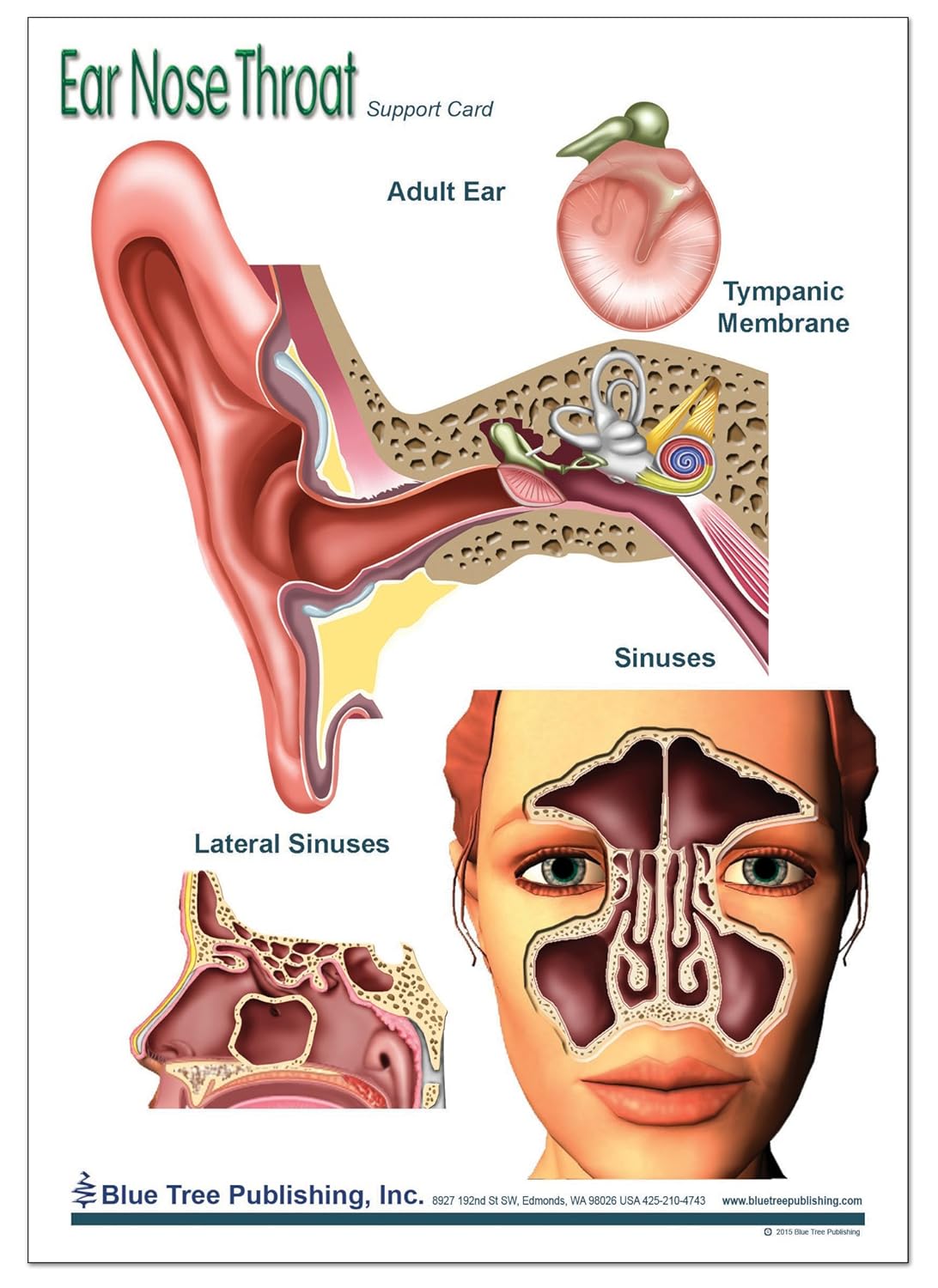 However, in some cases, ENT ailments can be an independent process that develops due to the following reasons:
However, in some cases, ENT ailments can be an independent process that develops due to the following reasons:
When do you need medical attention?
Diseases of ENT organs are diverse, each disease has its own individual characteristics and symptoms. However, there are also generalized signs that indicate that you need the help of an otolaryngologist:
- shortness of breath;
- ear or nose discharge;
- decreased hearing and sense of smell;
- the presence of pain in the ears and discomfort during swallowing;
- manifestation of intoxication;
- inflammation of the lymph nodes;
- the appearance of a suspicious plaque on the organs.
What ailments can a doctor help with?
Diseases of the head-cervical region take the lead in popularity among diseases known today. A group of diseases has extremely unpleasant symptoms, unsettling a person. Running problems can affect other organs and systems, causing complications.
A group of diseases has extremely unpleasant symptoms, unsettling a person. Running problems can affect other organs and systems, causing complications.
The most common ailment in the ENT profile is angina . It has an infectious nature, accompanied by fever, headache, inflammation of the lymph nodes. With untimely treatment, it can give complications to the heart and joints.
The second place in the frequency of occurrence is otitis media . The disease is a consequence of advanced cases of the common cold, which is manifested by inflammation of the middle ear. Patients present with headache and severe tinnitus, fever, and weakness. The worst consequence of the disease is hearing loss.
The third place is occupied by inflammation of the tonsils – leads to difficulty in breathing and gradual impairment of brain activity due to lack of oxygen. In most cases, this problem is solved with the help of a cryogenic type of treatment.
The most common types of ENT diseases
Ear diseases:
- hearing loss;
- injuries after injury;
- eustachitis;
- tubo-otitis;
- tympanitis.
Diseases of the nose:
- sinusitis;
- sinusitis;
- nosebleeds;
- adenoids;
- rhinitis;
- damage to the nasal septum.
Throat diseases:
- pharyngitis;
- tonsillitis;
- laryngitis.
What diseases are common in children?
Babies are subject to the same ailments as adults. The most common problem of the nose is a runny nose and its acute form is rhinitis. The disease is commonplace and quite easy to treat, but without timely assistance it can give complications to neighboring organs. As a rule, the disease has an allergic and infectious nature.
Another common problem is foreign objects in the nasal passage.




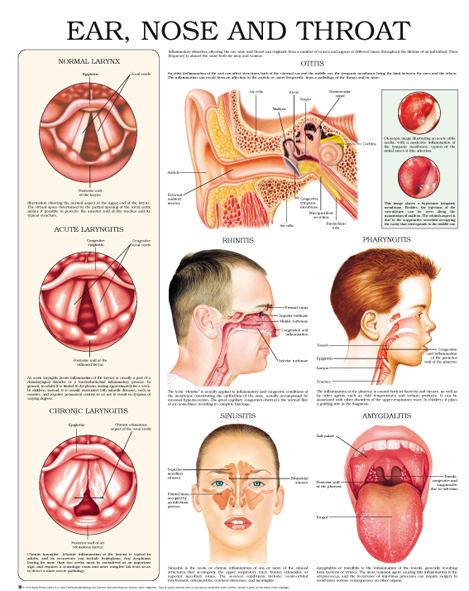


 By the age of 35, the upper limit of hearing drops to 15,000 hertz. In total, a person distinguishes 3-4 thousand sounds of different heights.
By the age of 35, the upper limit of hearing drops to 15,000 hertz. In total, a person distinguishes 3-4 thousand sounds of different heights.